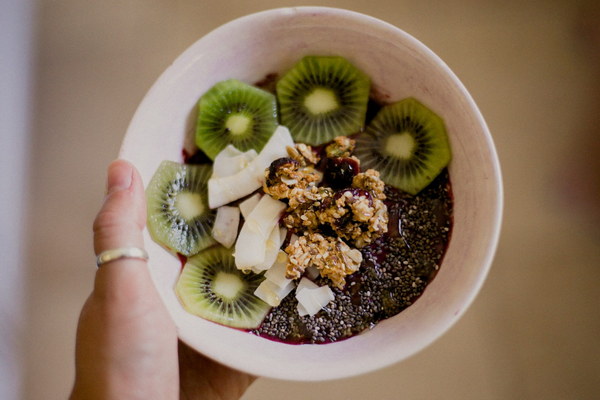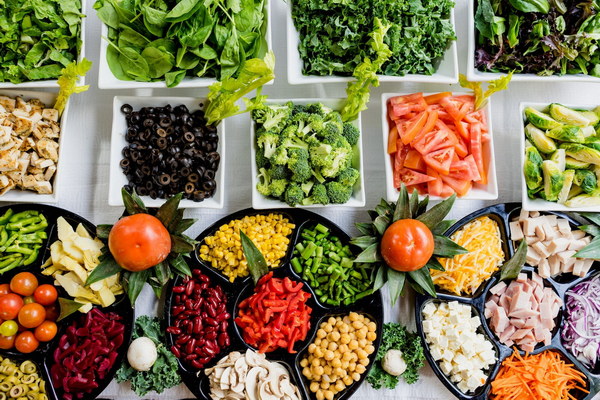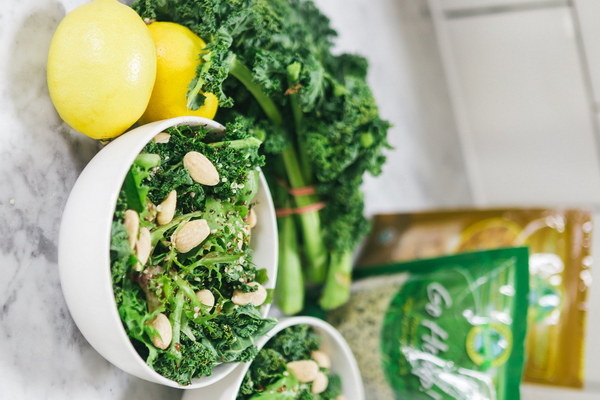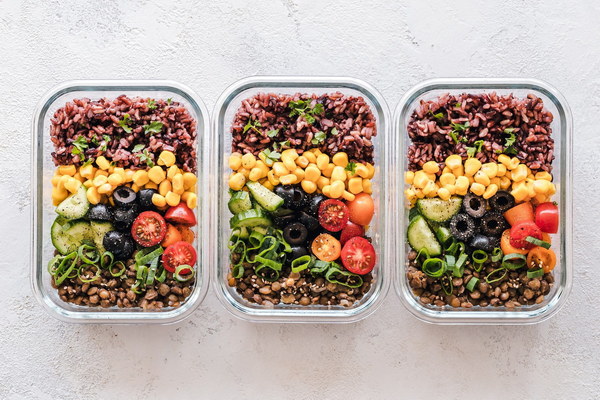Heart-Healthy High-Lipid Diet Nourishing Carbohydrate Choices for Managing Hyperlipidemia
Introduction:
Hyperlipidemia, commonly known as high cholesterol, is a prevalent health condition affecting millions of people worldwide. It is characterized by elevated levels of lipids (fats) in the blood, which can lead to serious cardiovascular diseases. While medication is often necessary to manage high cholesterol levels, dietary adjustments play a crucial role in lowering blood lipid levels. This article focuses on high-lipid diet-friendly carbohydrate choices that can help manage hyperlipidemia.
1. Whole grains
Whole grains, such as brown rice, whole wheat bread, and oatmeal, are rich in fiber and nutrients. They can help lower cholesterol levels and improve heart health. The fiber in whole grains slows down the absorption of glucose, leading to better blood sugar control and reduced risk of diabetes. Furthermore, whole grains contain antioxidants, which can help reduce inflammation and oxidative stress in the body.
2. Legumes
Legumes, including beans, lentils, and chickpeas, are an excellent source of fiber, protein, and essential nutrients. They can help lower cholesterol levels by binding to bile acids in the intestines, thereby reducing the absorption of cholesterol from the diet. Legumes also provide a slow and steady release of energy, which can help maintain stable blood sugar levels and reduce the risk of insulin resistance.

3. Fruits
Fruits, particularly those high in fiber and antioxidants, can help manage high cholesterol levels. Apples, berries, and citrus fruits are great options as they contain pectin, a type of soluble fiber that can reduce cholesterol absorption. Berries are also rich in antioxidants that can help lower inflammation and oxidative stress. Incorporating a variety of fruits into your diet can provide a wide range of nutrients and improve heart health.
4. Vegetables
Vegetables, particularly those rich in fiber and antioxidants, can help manage high cholesterol levels. Leafy greens, such as spinach and kale, are excellent sources of fiber and antioxidants that can lower cholesterol levels. Additionally, cruciferous vegetables like broccoli, cauliflower, and Brussels sprouts contain compounds that can help lower cholesterol and reduce inflammation.
5. Nuts and seeds
Nuts and seeds, such as almonds, walnuts, flaxseeds, and chia seeds, are high in healthy fats, fiber, and protein. They can help lower cholesterol levels by reducing the absorption of cholesterol from the diet. The omega-3 fatty acids found in nuts and seeds can also help reduce inflammation and improve heart health.
6. Quinoa
Quinoa is a gluten-free, high-protein grain that can be a great alternative to traditional carbohydrates. It is rich in fiber, vitamins, and minerals, and can help manage blood sugar levels. Quinoa has a low glycemic index, which means it releases glucose slowly into the bloodstream, reducing the risk of insulin spikes and contributing to better heart health.
Conclusion:
Incorporating high-lipid diet-friendly carbohydrate choices into your diet can help manage hyperlipidemia and improve heart health. Whole grains, legumes, fruits, vegetables, nuts, seeds, and quinoa are excellent options that provide a variety of nutrients and can help lower cholesterol levels. However, it is essential to consult with a healthcare professional before making significant changes to your diet, especially if you have other health conditions or are taking medication. Remember, a balanced and varied diet, along with regular physical activity, is key to managing hyperlipidemia and maintaining overall health.









